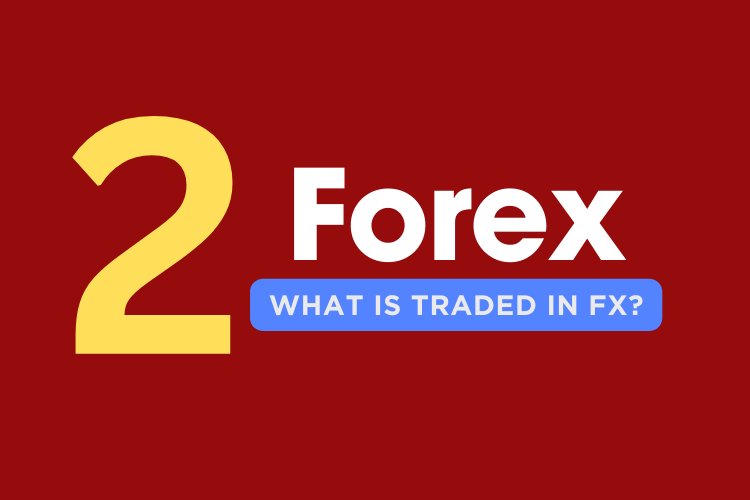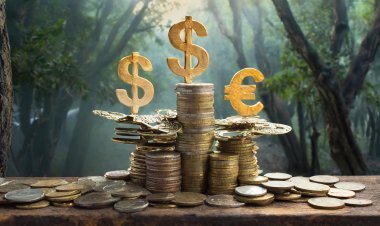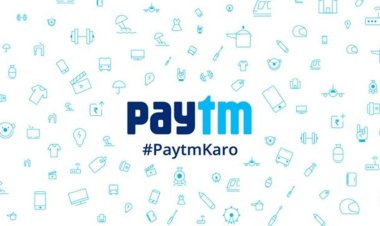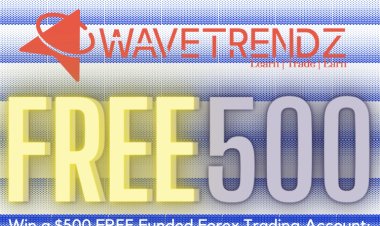Lesson number two. What is traded in forex?
"Lesson 2 by Robbie Garnier teaches the fundamentals of what is traded in the forex market." Understand how currency trading works, the significance of key currencies, and how to plan for your financial future. This class simplifies the abstract notion of forex trading, giving you the knowledge you need to start trading confidently."

Well, lesson number two. What is traded in forex?
Alright, can you tell me what is traded in forex? A simple answer is money. Specifically, currencies. Because you're not buying anything physical, forex trading can be confusing, so we'll use an example. It's not a perfect one. An analogy to help explain. A simple analogy. Think of buying a currency as buying a share in a particular country. Kind of like in the stock market. You buy shares of a company. It's kind of like buying shares in a company. The price of the currency is usually a direct reflection of the market's opinion on the current and future health of its respective companies.
It means the price, the fluctuation; maybe the higher the price, the higher the goodwill the company has. In forex trading, when you buy, say, the Japanese yen, you're basically buying a share in the Japanese economy. You're betting that the Japanese economy is doing well and will even get better as time goes on. Once you sell all those shares back to the market, hopefully, you will benefit from a profit. I wish you luck. In general, the exchange rate of a currency versus other currencies is a reflection of the condition of that country's economy compared to other economies.
By the time you graduate from this class of mine, you will be eager to start working with currencies. I hope so. There's a reason for that. You know what? There is a new year called 2027 coming. There's going to be a great recession. Mark my words. So be prepared. I'm preparing myself and you. Okay, now let's see what the major currencies are. While there are potentially lots of currencies you can trade as a new forex trader, you will probably start trading with major currencies.
For that, USD is the United States dollar, AUD is the Australian dollar, CHF is the Swiss franc, JPY is the Japanese yen, EUR is the European euro, GBP is the Great Britain pound, CAD is the Canadian dollar, and of course, NZD is the New Zealand dollar. These guys are called the Majors. Because you know what? They are majors—the big boys, the big bad boys, right? They rule the world. Oh yeah? Forex traders differ on what they consider to be major currencies.
Some say that it's all phonies; other currencies can be majors, but most of them stick with these bad boys. The uptight ones, you know, that want to stick up their asses are USD, EUR, JPY, GBP, and CHF. Then they label the AUD, NZD, and Canadian dollar as commodity currencies. For us, the rebels, the bad guys, the gangsters, and the street level, we just consider all eight currencies as the majors. You know, let them differentiate; we don't.
Why would we? We've been thrown breadcrumbs, alright? Everything has been traded; everything has been done, all said. And they just throw this at us, right? Breadcrumbs—that's what I like to call them. And these are some codes, countries, currencies, and nicknames. The USD belongs to the United States; that currency is the dollar, and the nickname of that currency is the buck. Funny. Euro, it's the eurozone, euro, and it's called fiber. GBP belongs to Great Britain, not so great anymore; it's called the pound, and the nickname is cable, and so, so, so, it goes on. Alright, you look it up; it's not my problem.
Currency symbols always have three letters, where the first two letters identify the name of the country, and the third letter identifies the name of that country's currency. Usually the first letter of the currency's name. These three letters are known as ISO 4217 currency codes. That's a nice thing to know, okay? Let's say NZD. NZ stands for New Zealand, and D stands for dollar. Easy, right? So these are the majors; those are called majors. Let's get into the real big stories, you know, after these rudimentary preliminary classes, right? So these are nice-to-know things. You need to know things; also, alright, you need this.
Okay, just get your basics right. Then we will think outside the box. Do not listen to the media, alright? What they say is exactly what they want you to hear. See you in the next class! Signing off, it's Robbie Garnier from WaveTrendZ.
See you at class 3!



 WaveTrendZ
WaveTrendZ 























